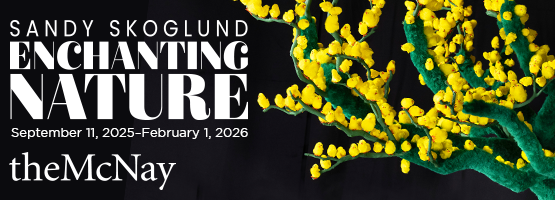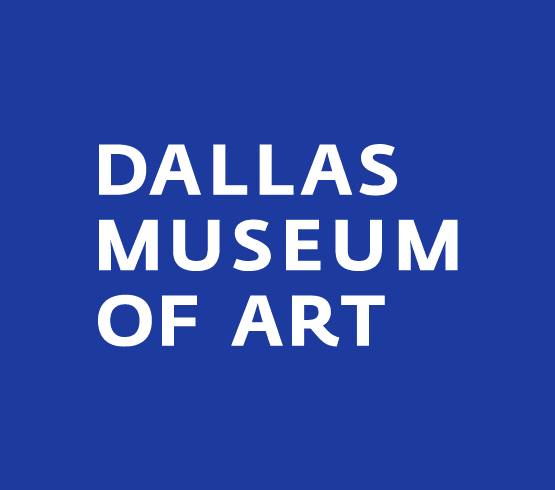The essence of Harry Geffert’s art is relationships. While certain artists of his generation were concerned with the monolithic, Geffert’s impulse seemed to run in the other direction, asking how to simultaneously capture both ephemera and the monumentality of interconnectedness. It’s a theme you can see in Geffert’s sculpture and in the way he lived his life. Dallas-ites will be able to appreciate it in Geffert’s upcoming posthumous retrospective A Place Beside the Road, on view Oct. 14-Dec. 16 at Cris Worley Fine Arts. I spoke to Geffert’s longtime partner, artist and writer Linda Ridgway, about the upcoming exhibition and how he built his legacy, delicately and enduringly, both through his artwork and his immeasurable impact on generations of Texas artists.
These experiments drew artists to Geffert’s foundry, from James Surls to Joe Havel, to Ken Little, to Ridgway herself. “I’ll never forget the first time I met Harry (through Frances Bagley). I had taken some ideas to a local foundry, and they didn’t know what to do with me,” she remembers. But when she brought her ideas for diaphanous bronze to Geffert, he said. “We can do that.” She says, “I never would have completed my ideas without him.” Their enduring “intellectual art exchange” pushed both of them to innovate. “You want me to cast frog hairs,” Geffert once joked to Ridgway.
The span of sculptural works in A Place Beside the Road (the exhibition) reveals the breadth of Geffert’s career, his constant experimentation with materials and iconography. The earliest work in the show is a “special” piece called Kingdom, from 1996, in which Geffert spins his own cosmology on the axis of an orb overtaken by a tree and its roots. Human figures and animals interact all over this realm, with varying degrees of peacefulness. In the exhibition’s latest work, from 2013, titled Longstanding, a ghostly tangle of branches is enough to communicate both complexity, resiliency, and the windswept quiet of a North Texas prairie, another realm encapsulated in a single gesture. You get the sense that over the decades, Geffert honed his skill for editing.

1 ⁄7
Harry Geffert, A Place Beside the Road, 2002, cast bronze with patina, 105h x 93w x 30d in.

2 ⁄7
Harry Geffert, Kingdom, 1996, cast bronze with patina,134h x 59w x 43d in.

3 ⁄7
Harry Geffert, Longstanding, 2013, cast bronze with powder coat, 31.50h x 20w x 36d in. Photo by Kevin Todora.

4 ⁄7
Harry Geffert, After the Flood, ca 2004, cast bronze, 11h x 18w x 1.50d in.

5 ⁄7
Harry Geffert, Egg Farm, 1997, cast bronze with patina, 36h x 27w x 10d in.

6 ⁄7
Harry Geffert, A Crooked Little Rose, 2002, cast bronze with acrylic, 84h x 16w x 27d in.

7 ⁄7
Linda Ridgway and Harry Geffert. Photo by Ken King.
These days, Ridgway continues to cast bronze artworks with Ken King, a protégé of Geffert’s. “Working with him is like an extension of Harry,” she says. After so many years of making art together, Geffert’s voice still seems very present in Ridgway’s mind. “I ask…OK, Harry. What do you think? It’s a joy but it’s also a sadness.” She says, “It’s not just the artwork…it’s all of these people that he influenced, good or bad.”
—CASEY GREGORY





